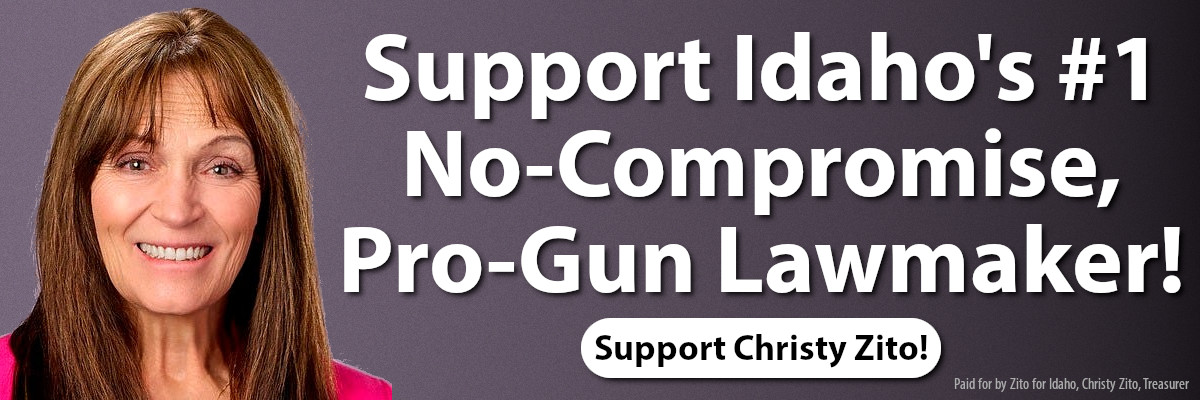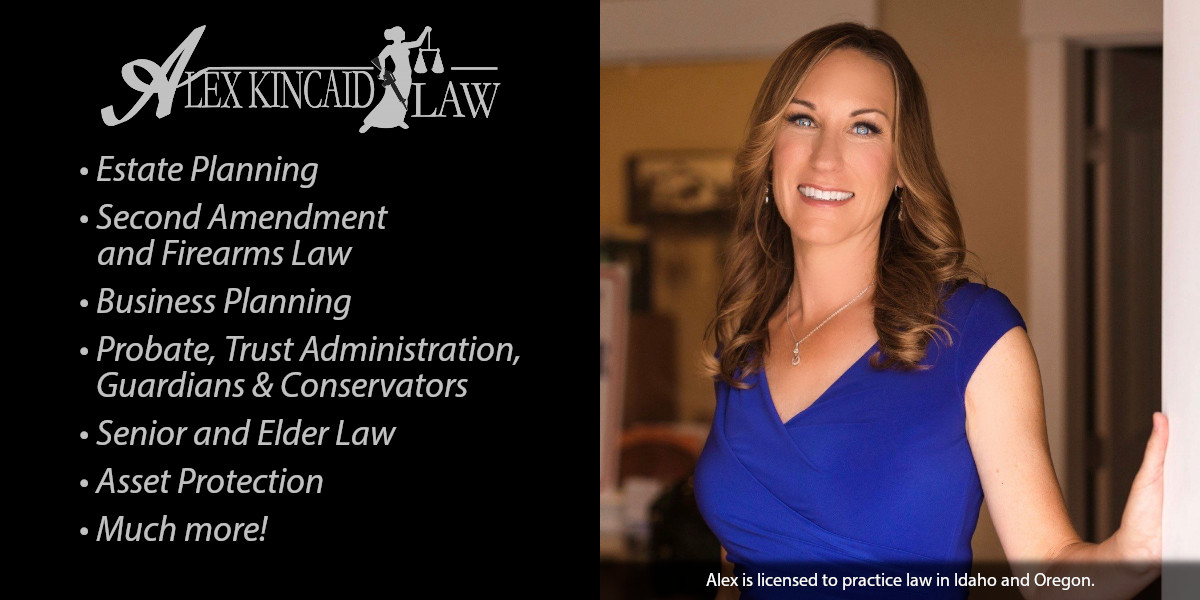
Op-Ed: The Math of Ranked Choice Voting
By Art Da Rosa • August 31, 2024Prop 1, Ranked Choice Voting, will be on the ballot this November. What is it? What impact will it have? Should Idaho support it?
The Ranked Choice Voting website explains what it is:
“Ranked choice voting (RCV) is an election method in which voters rank candidates for an office in order of their preference (first choice, second choice, third choice, and so on). Ranking candidates is different from simply selecting one candidate or what is known as plurality voting. If a candidate receives more than half of the first choices, that candidate wins, just like in any other election. However, if there is no majority winner after counting the first choices, the race is decided by an instant runoff. The candidate with the fewest votes is eliminated, and voters who ranked that candidate as their first choice will have their votes count for their next choice. This process continues until a majority winner, a candidate with more than half of the vote, wins.”
Advertisement
How it Works
As I contemplate this proposal, I realize it impacts General Elections differently than Primary Elections. This is because the candidates and voters are different.
General Elections
Let’s start with the General Election.
First, we will notice that there will be more than one round of voting. If there are multiple candidates, and no one candidate receives 50% of the vote; under RCV a new round of voting will be triggered with the candidate with the least amount of vote eliminated. If the second round of voting also does not result in a majority vote, a third round is triggered with one eliminated. This process keeps going until the final candidate receives the majority vote.
Sounds harmless, doesn’t it? Until we do the Math.
Let’s do the Math
For ease of understanding, let’s assume that four candidates are running, candidates A, B, C, and D. Let us also assume that the votes received are as followsThis distribution is typical according to the demographic of our State.

Note that the counts are in percentage. Also, note that there is not a majority winner, so a second round of voting is automatically triggered.
How would the votes in the second round look like? Candidates A, B, and C will keep their original supporters. The supporters of Candidate D will shift their support to other candidates. Before we proceed further, let’s be honest here. This is Idaho, a Red State. In most cases, the lead voter, Candidate A, is likely to be affiliated with a certain political party–a Republican. The other candidates? Perhaps not. The second round will look like this:

With the underdog effect, the supporters of Candidate D will tend to shift their votes to Candidate C, then to B, and a small amount to Candidate A. Ironically, the distribution will likely be the reverse of the ranked-choice order, as illustrated above.
Still without a majority winner, a third round of voting is triggered. The third round and final round in this example will likely look like this:

Similar to the previous rounds, the supporters of Candidate C will favor the underdog. A statistical explanation would be something like this. Candidate C has 25 votes. The majority of them favor the underdog in a reverse ranked-choice distribution. Or Candidate A has 1 rank point, and Candidate B has 2 rank points.
1 Rank point + 2 Rank points = 3 Total Rank points
Distribution for Candidate A: (1 / 3) x 25 votes = 9
Similarly, Candidate B’s distribution is (2 / 3) x 25 votes = 16
Did you notice that the eventual winner is Candidate B, who is not the original highest vote-getter? It happens like this all the time.
Last year, August 19, 2023, Sarah Palin visited Idaho. I was in attendance at that meeting. She told Idaho that because of Ranked Choice Voting, she lost the election, even though she was the overwhelming leader in the early rounds.
Ranked Choice Voting intends to elect the second or third highest vote-getters. Not the first. Frankly, if the supporters of RCV want to elect the most popular candidate, they should leave the voting system the way it is, without changing anything.
Primary Elections
In the Primary Elections, the situation is a bit more complicated in Idaho. In other States, registered voters of each party vote in their respective Primaries. So, the Republicans vote in their Republican Primaries, and the Democrats vote in their Democratic Primaries. In the last Primary Election (in my home State of Idaho), I was offered the choice to vote in either the Republican or Democratic Primaries. Still, the voter base is more homogenous, and I believe the proper candidates won. Nonetheless, I can see that a fractured District would end up supporting the wrong candidate if Prop 1 passed.
What we can expect from RCV?
I did the Math. It is not difficult to illustrate that the original leading candidate would end up losing the election. I did other scenarios with different percentages of votes. The result is the same. The original candidate with the highest number of votes loses the election.
The promoters of Ranked Choice Voting are aware of this. It is for this reason that they are promoting it. Not for democracy, but the subversion of it.
This is not all. With RCV, we can expect to see more candidates jumping in. While this may sound good to you, many of the lower ranked candidates will use this to influence the political system. I intend to write a follow-up article to elaborate on what the Founding Fathers intended our election system to be. My next article will serve to illustrate the philosophical flaws of Ranked Choice Voting. See you in about a week.
Art da Rosa, PE, MPA, CFM
Inkom, ID
Tags: Art Da Rosa, Prop 1, Ranked Choice Voting, RCV
7 thoughts on “Op-Ed: The Math of Ranked Choice Voting”
Comments are closed.








This “system” i.e. Prop 1 is an abomination that would be the ruin of our state! I hope it goes down in flames…permanently!
NO TO RCV…NO TO PROP 1!!!
Yes, in ranked choice voting, it is possible for the leading candidate after the first round to end up losing.
It is also possible that the leading candidate after the first round ends up winning.
The winner will tend to be the candidate that appeals to the voters enough to be a second choice (and third) as well as a first choice. In other words, the candidate that can generate the most votes wins. What a concept!!
Ranked Choice voting helps candidates that appeal to a wide range of voters and hurts candidates that have strong factional support but weak general support.
The net effect will be increased voter power and a more representative democracy.
Math is meaningless if it does not consider all the possibilities.
Rob Brown BA-Mathematics , MBA
Boise Idaho
Rob,
You’re correct that math is not all there is to the “equation”.
Correct that all the possibilities must be considered.
In theory, correct that RCV leads candidates to try to appeal to a wide range of voters.
But the following is not only a possibility, but a fact, that perhaps *you* have not considered.
Exactly because candidates must appeal to a wide range of voters, one of two things must happen:
1) Candidates simply LIE about their true political positions and principles.
2) Candidates simply don’t have any positions, and they have only one principle: just get elected.
Possibility two actually resolves into possibility one, because if your only principle is to get power into your hands, you will use whatever means available to do so — and that will mean lying.
This in turn means that all politicians will behave effectively as Democrats behave now, because, OBVIOUSLY, all Democrats are liars.
This is the real reason why so many people have seen, and said, that RCV is a filthy scheme engineered just to get Leftists elected. That too is correct.
You say that candidates will simply LIE about their positions and principles to appeal to a wide range of voters. My experience is that candidates already engage in that behavior. When those lies become apparent on the part of the elected candidate, then they can be held accountable by the voters in subsequent elections.
Ranked Choice Voting gives voters more power to hold elected officials accountable because said elected officials would need to maintain support beyond dominant faction of their own party.
As far as your contentions that ” all democrats are liars” and that this is a “filthy scheme engineered by leftists.” To which leftists supporters of this initiative are you referring? Butch Otter? Jim Jones?
It appears that you support the extremists that have taken over the political parties in this state and who are set to lose the most by allowing the voters increased power to elect candidates based on actual qualifications rather than the approval of their party bosses.
My understanding is that Democrats want RCV in red states, but don’t want it in blue states. Maybe this is why.
Mr Da Rosa,
You offered an analysis of one scenario in the section called “Let’s Do the Math” in which the leading candidate A ends up losing as a result of ranked choice voting.
I ran a model in which second choice votes are randomly distributed to the remaining three candidates, and then the third choice votes are randomly distributed to the remaining candidates referred to as “A” and “B”.
The model I created had 10,000 elections, which I ran 100 times. Out of those 100 times “A” wins between 71% and 73% of the 10,000 elections.
Generally, voters are not going to randomly choose candidates for their first, second, or third choices. Voters are going to pick candidates in the order of their preference and the eventual winner is the candidate that is the most preferred by all the voters.
Based on a non biased analysis using your numbers. It is clear that the initial leading candidate is still mathematically favored to win and certain to win if they are preferred by the majority of the voters.
I don’t see your analysis as a mathematical proof that a candidate leading after the first round is disadvantaged in any way in subsequent rounds. Quite the opposite, the leader after the first round is still the clear favorite to win the election, provided they have some appeal to voters as a second or third choice.